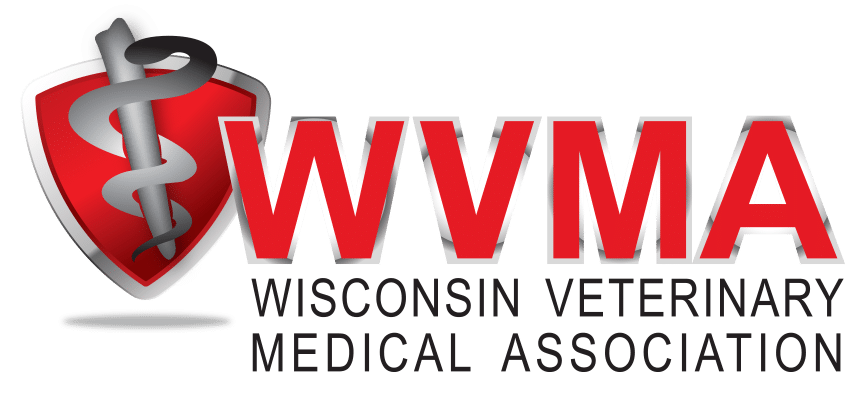By Dr. Gretchen May, Veterinary Program Manager, Wisconsin Department of Agriculture, Trade and Consumer Protection
To strengthen the traceability of the livestock industry, the U.S. Department of Agriculture (USDA) is transitioning to 840 radio frequency identification (RFID) tags for official identification. This transition will occur over a period of three years and will result in better protection of the long-term health, marketability and economic viability of livestock. It also allows for better disease control management through faster information sharing. RFID tags have both a visual and an electronic component that consists of a 15-digit number, the first three of which are “840” for animals born in the U.S. The metal identification tags that conform to the National Uniform Eartagging System (NUES), including the orange brucellosis
vaccination tags, will gradually be phased out.
Important compliance dates:
• December 31, 2019: USDA will no longer provide free metal tags. This will affect markets and dealers receiving their own supply of tags. Markets and dealers will receive information about this separately.
• January 1, 2021: You can no longer purchase metal ear tags or apply them for official identification. You must apply 840 RFID tags when official identification is required. Animals already bearing the metal identification tags do not have to be re-tagged and are considered officially identified until December 31, 2022.
• January 1, 2023: You must use 840 RFID tags for official identification needs. Any animals bearing metal ear tags will need to be re-tagged with 840 RFID tags when official identification is required.
At this time, these requirements apply to cattle and bison moving interstate:
Importing rules: For animals imported into Wisconsin, this includes all cattle and bison of any sex or age used for rodeo, recreational events, shows, or exhibitions. It also includes all cattle and bison imported for any other reason, except for beef steers not required to be tested for tuberculosis (TB) and imported animals going directly to slaughter.
Exporting rules: For exporting cattle out of Wisconsin, check with the state of destination.
Includes the following animals: At a minimum this includes all cattle and bison of any sex or age used for rodeos, recreational events, shows or exhibitions; all dairy breed cattle (including dairy breed steers born after March 11, 2013); and sexually intact beef cattle and bison 18 months of age and older.
Interstate movements of cattle and bison directly to slaughter usually do not require official identification. Individuals moving animals must always confirm animal movement rules with the state of destination.
To improve accuracy and efficiency in reading official identification, the Wisconsin Department of Agriculture, Trade and Consumer Protection (DATCP) recommends that people already using RFID utilize the technology these tags offer. DATCP encourages you to use RFID readers to read the tags, and to use electronic certificates of veterinary inspection (eCVIs) into which the data collected by the readers can be digitally incorporated. Systems are also available to incorporate the data collected by readers for brucellosis vaccination and TB testing into those regulatory documents. DATCP has some readers available for purchase at a shared cost until they are gone.
More information will be available soon for a cost-sharing program for the 840 RFID tags that USDA is developing to be available during the transition.
For more information about the transition to electronic official ID, visit https://www.aphis.usda.gov/traceability/downloads/plan-toachieve-
eid-factsheet.pdf
For more information on electronic documentation and readers, see https://datcp.wi.gov/Pages/Programs_Services/OfficialID.aspx
